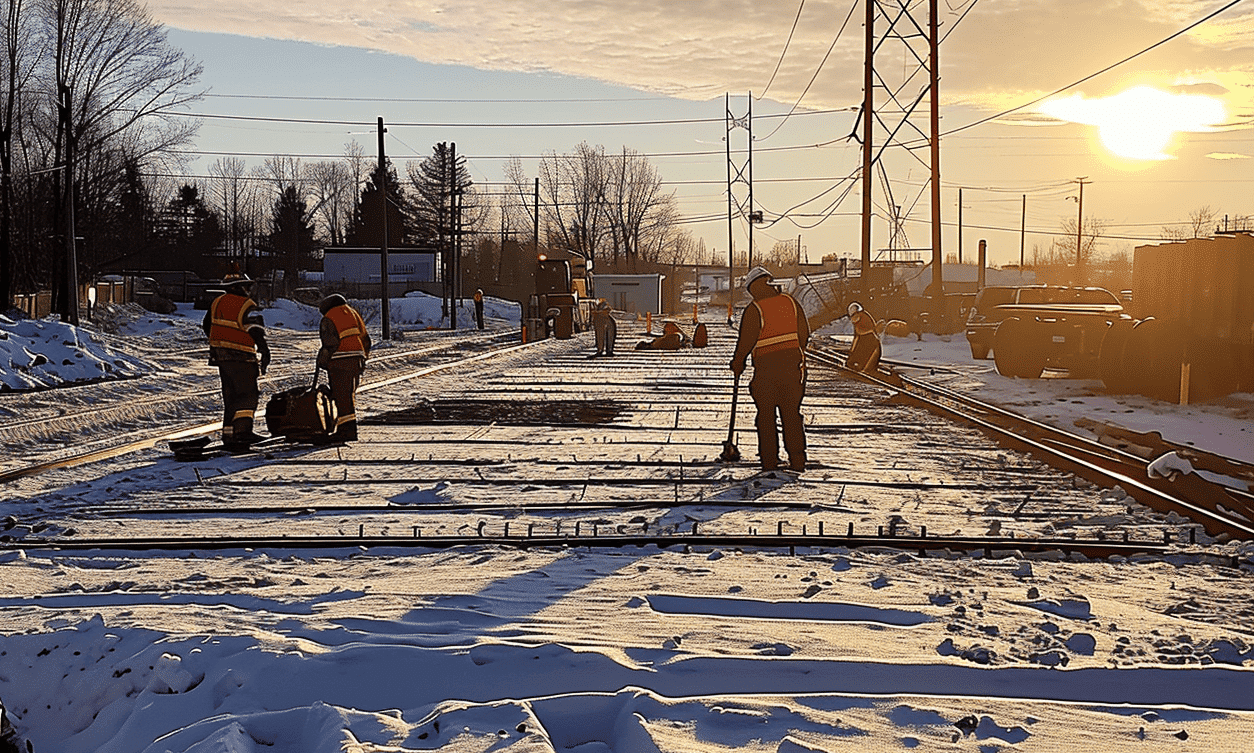Revamping Calgary’s Fire Service Infrastructure: The New Inglewood and Bridgeland Fire Stations
After extensive years marked by countless setbacks, Calgary fire chief has formally recommended the construction of a new fire station in Inglewood. The objective is the replacement of the aged No. 1 fire station downtown, which is nearing its lifecycle’s end.

With urban development and burgeoning real estate projects in the area, the need for up-to-date and strategically located fire stations has become urgently apparent.
A New Era in Fire Safety and Emergency Services
The call for a new fire station in Inglewood and Bridgeland marks a critical step towards improving the overall efficiency and safety of Calgary’s fire services. The move not only addresses the need for structural modernization but also underlines the necessity of adapting to the changing cityscape and population patterns.
The old No. 1 fire station downtown has served its purpose diligently. However, its location no longer finds itself at the heart of the most densely populated regions in Calgary. As communities grow and residential properties expand, so should the accessibility to emergency services.
Strategic Positioning: Inglewood and Bridgeland
Inglewood and Bridgeland, both witnessing growing residential sectors, make the ideal locations for the new fire stations. The strategic placement of these stations will ensure a quicker response time, thereby increasing the potential to save lives and minimize property damage.
Undeniably, the new fire stations are not just structures; they are tangible representations of the city’s commitment to public safety and the wellbeing of its people.
Architecture and Construction: A Focus on Sustainability and Functionality

When it comes to the design and construction of the new fire stations, it is crucial to consider aspects beyond mere functionality. Given the urgency of the climate crisis, integrating sustainable building practices into the construction process is no longer optional; it’s a necessity.
Given Calgary’s vested interest in green building, might the city consider the use of steel buildings for its new fire stations? Steel structures offer numerous benefits, including durability, cost-effectiveness, and less environmental impact. Perhaps this development might also ignite a broader conversation about the use of sustainable materials in public infrastructure.
The Construction Road Ahead
Transitioning from outdated to modern infrastructure is no small feat. The road ahead is undeniably dotted with potential challenges – from funding to construction and staffing necessities. Calgary’s fire department, city planners, construction companies, and local communities must work hand-in-hand to ensure this transition is as seamless as possible.
Concluding Remarks: A Milestone in Infrastructure Development
In conclusion, Calgary’s decision to build new fire stations in Inglewood and Bridgeland indeed marks a significant milestone in the city’s infrastructure development and fire services. These ventures echo the sentiments of a city that values its citizen’s safety and only underlines its commitment to adapt and grow as its populace and infrastructure expand.
Do you believe Calgary’s move will inspire other cities to revamp their decades-old fire service infrastructure? Feel free to share your thoughts in the comments below. We greatly value your questions and interaction.
For those interested in construction, particularly in steel-made structures, check out this 24×30 metal shed and the comprehensive resources available at Your Building Team.
To view the original news source, follow this link.




